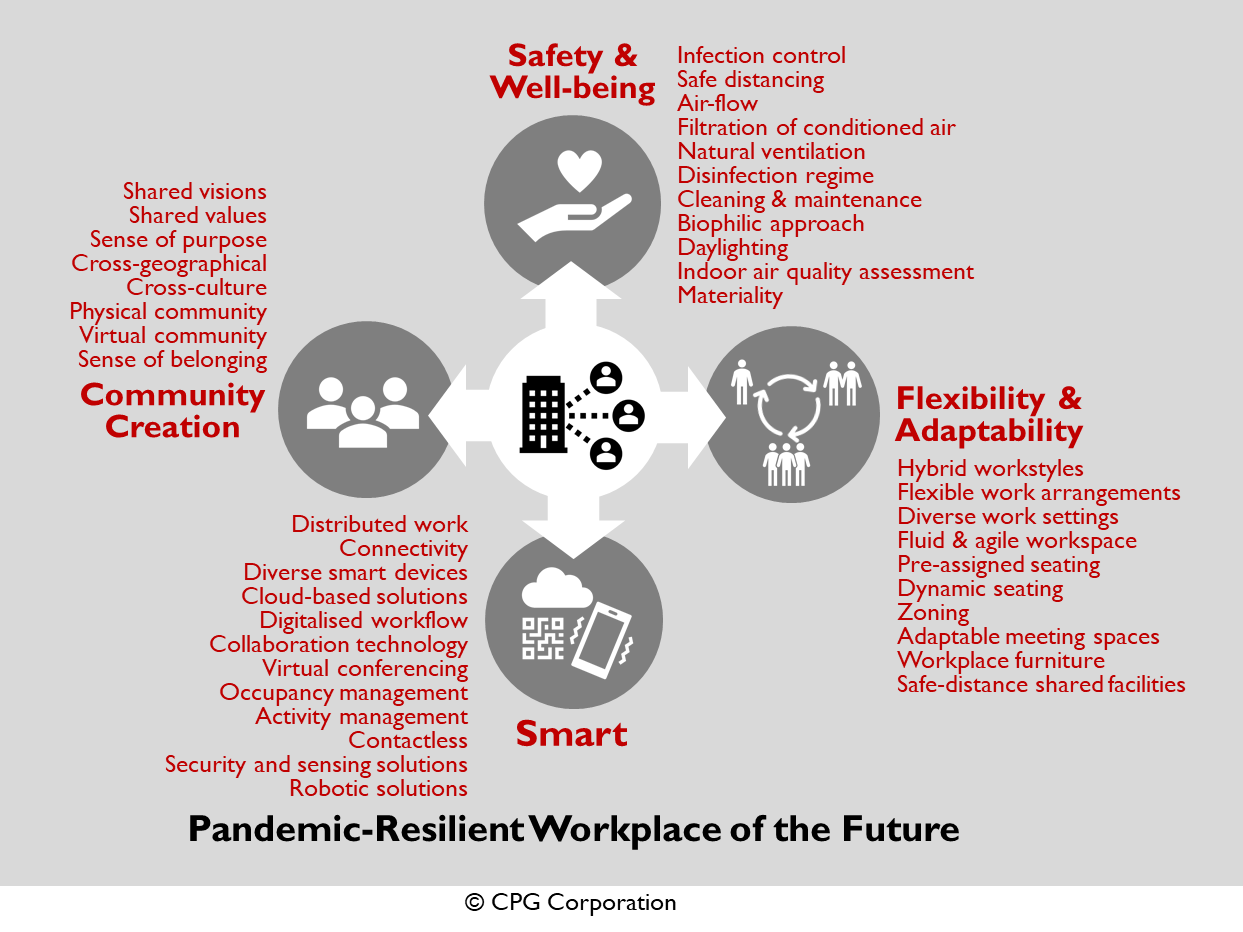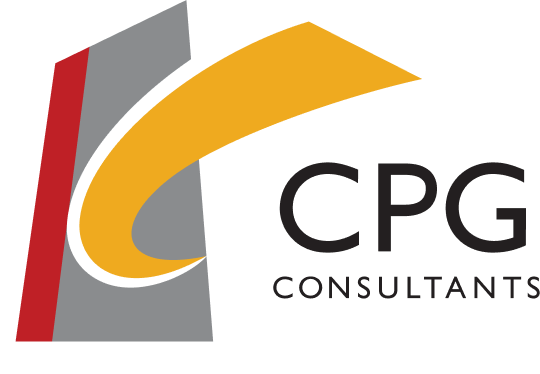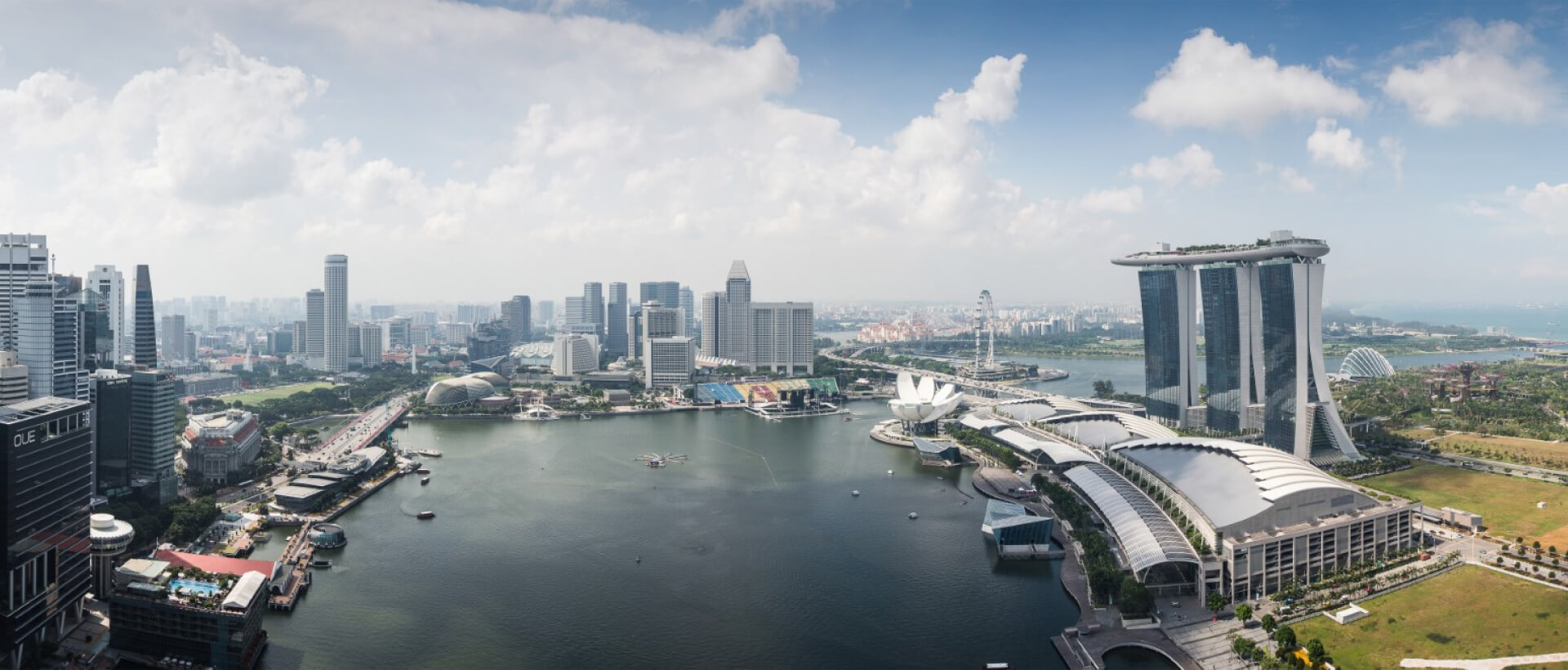
As the world is rapidly transforming, there has been ongoing conversation regarding how work and workplaces will be transformed. In the discussion of these trends, several driving forces are identified, namely: new modes of business activities, rapid introduction of new technologies, digitalisation, changing social norms, and new generations of workers who are increasingly digital-savvy with different lifestyle needs. With the COVID-19 pandemic, workplace transformation driven by the above mentioned has sped, inducing the sudden abandonment of traditional modes of working, if not remote working, at least with a heightened focus on social distancing in the workplace.
It is imperative to address through our future design of the workplace, solutions to challenges such as pandemic readiness with spatial norms to support social distancing, decentralisation for workers’ well-being etc. While there isn’t an ideal workplace type that can satisfy every business or organisation, there are certain principles that can guide the development of future workplace designs to be pandemic resilient. They are:
- Flexibility and Adaptability – The workplace must be flexible and readily adaptable with ease to accommodate evolving business needs and activities. There is also a greater need to manage the density of activities within the workplace.
- Safety and Well-being for occupants – The well-being and safety of occupants will be paramount to building trust and confidence during a pandemic.
- Smart Office – The workplace should be technologically enabled with a full range of communication connectivity and devices to enable contactless operations and continued productivity with reduced manpower.
- Community Creation – To retain and cultivate a sense of belonging and realisation of the organisation’s long-term business objectives and vision through the use of technology even with workplaces being decentralised.

In this blogpost, we shall discuss the first two principles.
(1) Flexibility and Adaptability
The workplace must be adaptable to meet future pandemic responses and changing trends such as working from home and remotely, team splitting, de-densification of office, application of new collaboration tools, etc. With the emergence of these hybrid workstyles, the permanence of the office spaces we know today will be a thing of the past.
Overall, we see the need for diverse, fluid, and agile workspaces. Amenities will grow to suit varied work settings. As the workplaces of the future cater to more activity-based environments, managing the density of activities within the workplace will be a key tool to unlocking space efficiency while ensuring the health and safety of occupants in times of pandemic. Creating distinct activity zones will enhance spatial privacy and improve natural space density by consolidating functional requirements in manageable clusters. Smart offices can further build up workplace resilience by managing this density in real-time through means of technology integration to enforce safety distancing when required.
Potentially, we will be looking at a hybrid of different types of workspaces, that support different activities, with some enclosed cubicles or pods for privacy which are completely isolated from the rest of the office. For optimal utilisation of space, workstations can be categorised according to functionality, some could be pre-assigned while the rest can be kept unassigned. In offices where assigned seating is essential, reconfigurable workstations can be designed carefully to achieve effective safe distancing to avoid direct face-to-face seating. Common facilities such as staff resting areas, visitor waiting rooms, etc., can be designed for safe distancing and physical separation where necessary.
Meeting spaces could be very adaptable too. Instead of permanent large conference rooms, smaller meeting rooms fully equipped with virtual conferencing equipment and tools can be a better option. The smaller rooms will allow for some members to attend meetings in person (with a safe distancing seating arrangement) while simultaneously collaborating with others online.
Another interesting concept that can be considered is that of the “Standing Meeting”. Meeting rooms and collaboration areas designed with the “standing” concept tends to encourage shorter meetings and reduce social interactions in close proximity. Eliminating seating enables staff to naturally manage safe distancing by responding to movement within the room. Furthermore, studies have shown that standing meetings are more productive and allow for the spontaneous generation of ideas to promote creativity. It is space-saving, adaptable, and easy to set up. All that is needed is a mobile stand to house a collaboration tool e.g. a digital “whiteboard” for connectivity This could be planned for by providing a floor or ceiling services grid within the office. Attendees can engage in discussions using this tool at any available location in the office.
While technological adoption will enable a connected workplace in future, prioritising operations and workflows will be an important consideration for the organisations from a business continuity perspective. To support these critical functions and processes, the physical infrastructure will need to be designed for operational effectiveness. Physical interaction in these spaces needs to be limited and to ensure safe movement within the developments, planning for secured entries, screening areas, separate entrances will become critical. Movement patterns of people and services within the developments through dedicated pathways and routes, lifts and staircases, etc. need to be considered.
(2) Safety and Well-being for all Occupants
The safety and well-being of office occupants will be paramount. With the effects of Covid-19 fresh in mind, workers are aware of the dangers of infection which affect both their health and possibly their income as well.
Infection control comes in many forms. Safe distancing, use of screens, and barriers, and lowering density in common spaces as described earlier are some. Better ventilation is another critical method of control. Better distribution of air-flow, better filtration of conditioned air to remove pathogens, and toxic compounds all help, as supported by many studies and recommended by authorities like the American Society of Heating, Refrigerating and Air-Conditioning Engineers (ASHRAE), World Health Organisation (WHO), etc. An alternative to more efficient air-conditioning is the use of natural ventilation. This could work in certain conditions but unlikely locally in Singapore, due to the high temperature and humidity.
Regimes to ensure daily flushing of indoor air, regular cleaning and maintenance of air-conditioning equipment and filters and close monitoring of indoor air quality will ensure optimal indoor air for the health and safety of occupants. Robotic UVC can also be used during non-working hours to disinfect the premises and kill pathogens. For areas with high volume usage like meeting rooms, UVC lights can also be installed and programmed to disinfect the room after each use.
Well-being is both an objective measure and subjective perception by the occupant. Workplace 4.0 will likely have biophilic interiors to enhance our connection to nature and boost physical health and psychological well-being by stimulating our senses to the surrounding environment. The use of indoor planting and even some water features will add interest to the interior and at the same time, provide interesting visual cues and even audio cues like the soothing sound of running water. The interesting forms, shapes and colour of plants break the visual monotony of the hard finishes in the office. Indoor workplaces should also have access to window views of the outside to provide vistas of nature and at the same time provide daylighting to the interior. Comfort of occupants will be factored in when designing the workplace. Temperature and humidity can be controlled by individuals working inside the cubicles or pods, as everyone has different comfort levels which is dependent on each individual’s physical and mental state. Good Indoor Air Quality Assessment (IAQ) also promotes the health and well-being of occupants. Poor IAQ is a source of illness and affects productivity and mental awareness and thinking. IAQ can be monitored and controlled by sensors and automatically adjusted to optimal levels based on recommendations of authorities and local environmental requirements. Ergonomic designs can also contribute to the physical comfort of occupants. Fully adjustable workstation tops and chairs permit optimal position for comfort with less pressure on the body, less burden on the eyes, and reduce repetitive strain injury e.g. carpal tunnel syndrome to the wrist, etc.
Daylighting would be the preferred source of indoor lighting if possible. Daylighting is beneficial in terms of energy sustainability and at the same time, it synchronises the body’s biological rhythm to the day and the seasons. If indoor artificial lighting is used, it should be adjustable to provide a glare-free viewing environment especially at the worktop and computer screens. One possibility is to use mood lighting which changes the lighting temperature according to the activity being carried out in a space to create the optimal condition for creative thinking. In other areas where task lighting is not necessary, indoor LED lighting can mimic the circadian effect by linkage to outdoor photo sensors.
While it is a given that our workplaces should consciously use materials with antibacterial and antimicrobial properties and low volatile organic compounds (VOC), special consideration has to be given to cleaning and disinfection. High touch points and surfaces that are prone to more wear and tear can be designed with materials that can withstand regular cleaning and disinfection without deterioration in the long term. Storage for PPEs and sanitizers will be stationed at several easily accessible points throughout the office to promote and facilitate safety and personnel hygiene.
Conclusion
The COVID-19 pandemic has certainly influenced and challenged traditional workplace designs. While most organisations were able to implement quickly, work from home strategies to deal with the sudden pandemic, there are some work functions or organisations whose employees cannot do their jobs remotely. It has therefore become important for the future of workplace design to have the ability to be reconfigured flexibly, as well as have ample design measures in place to enable a safe work environment. Although there would be times when social distancing is no longer needed, the pandemic has certainly highlighted current issues of ventilation and air filtration in office spaces. In our next blogpost “The Pandemic Resilient Workplace of the Future (II)”, we will explore how technologically enabled workplaces can build pandemic resilience, and how we can continue to nurture human relationships despite remote working.
This blog post is the first part of a two-part series discussing the future of workplace designs which are pandemic resilient.
[Related: Pandemic Resilient Solutions for the Built Environment]This article was authored by:
Ar. Mok Kwong Wah, Director
Innovation Management Office, CPG Consultants Pte. Ltd.
mok.kwong.wah@cpgcorp.com.sg
Ar. Saurabh Bhagra, Senior Principal Architect
Architecture Group, CPG Consultants Pte. Ltd
saurabh.bhagra@cpgcorp.com.sg


